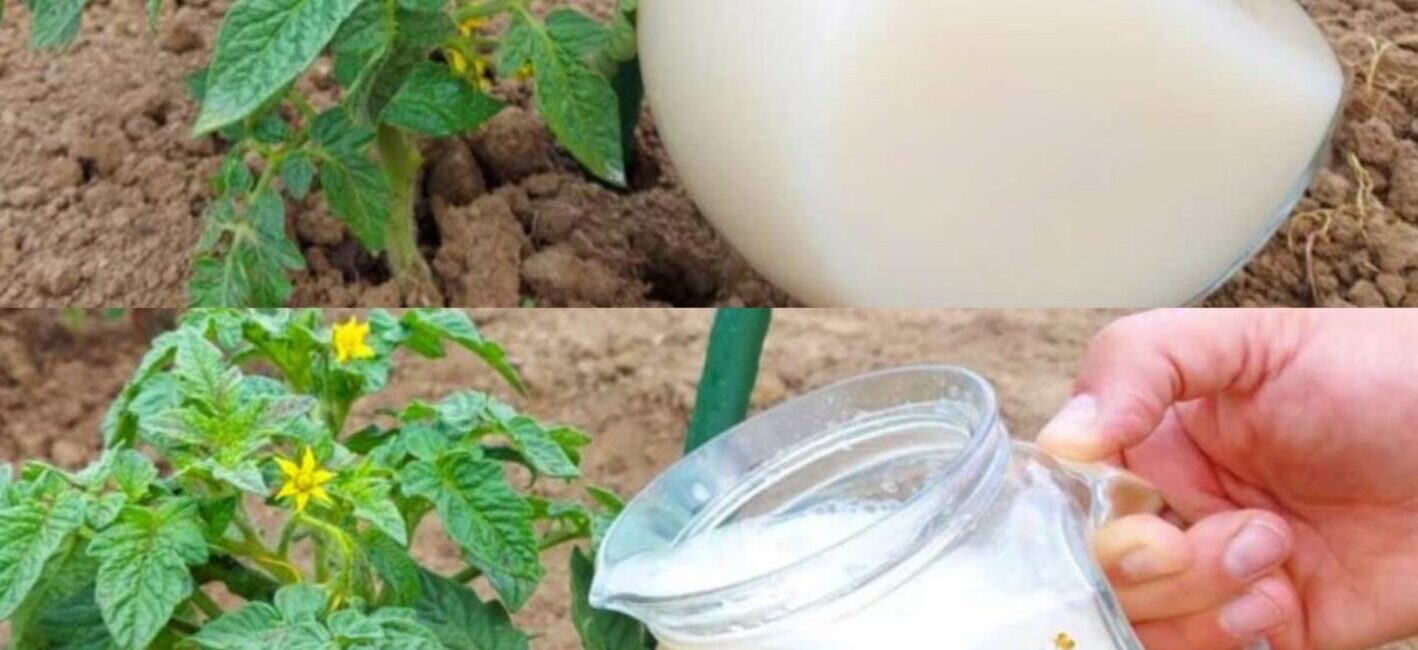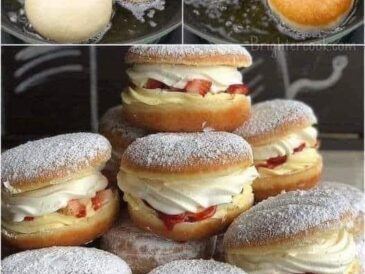Baking soda, a common household staple, might surprise you with its hidden talents in the garden. Beyond its use in fluffy cakes and sparkling kitchens, baking soda offers a multitude of benefits for your green haven. From keeping pests at bay to nurturing healthy growth, this inexpensive and readily available product can become your unexpected gardening hero. Here are 10 clever uses for baking soda that will transform your gardening experience:
1. Banishing Pesky Powdery Mildew: Powdery mildew, a white fungal disease, can leave your plants looking unsightly and hinder their growth. Baking soda comes to the rescue! Mix 1 tablespoon of baking soda with 1 teaspoon of dish soap and 1 gallon of water. Spray this solution directly on affected leaves, focusing on the undersides. Reapply weekly, especially after rain, for optimal results.
2. Combating Fungal Foes: Fungal diseases can wreak havoc on your plants. Baking soda’s antifungal properties can help! Create a baking soda spray using the same recipe as for powdery mildew (1 tablespoon baking soda, 1 teaspoon dish soap, 1 gallon water). Apply it to any areas exhibiting signs of fungal infection, such as brown spots or wilting.
3. Neutralizing Acidic Soil: Some plants thrive in slightly acidic soil, while others prefer a more neutral environment. Baking soda can help raise the pH level of acidic soil, creating a more balanced environment for certain plants. Test your soil’s pH level first. To raise the pH slightly, sprinkle a thin layer of baking soda around the base of the plant, keeping it away from direct stem contact. Water thoroughly. Be mindful not to overuse it, as excessively high pH levels can also be detrimental.
4. Deterring Unwanted Slugs and Snails: These slimy creatures can munch on your precious plants. Baking soda acts as a natural deterrent. Create a barrier around your plants by sprinkling a thin layer of baking soda around the base. Reapply after rain or watering, as the effectiveness diminishes when wet.
More on page 2




